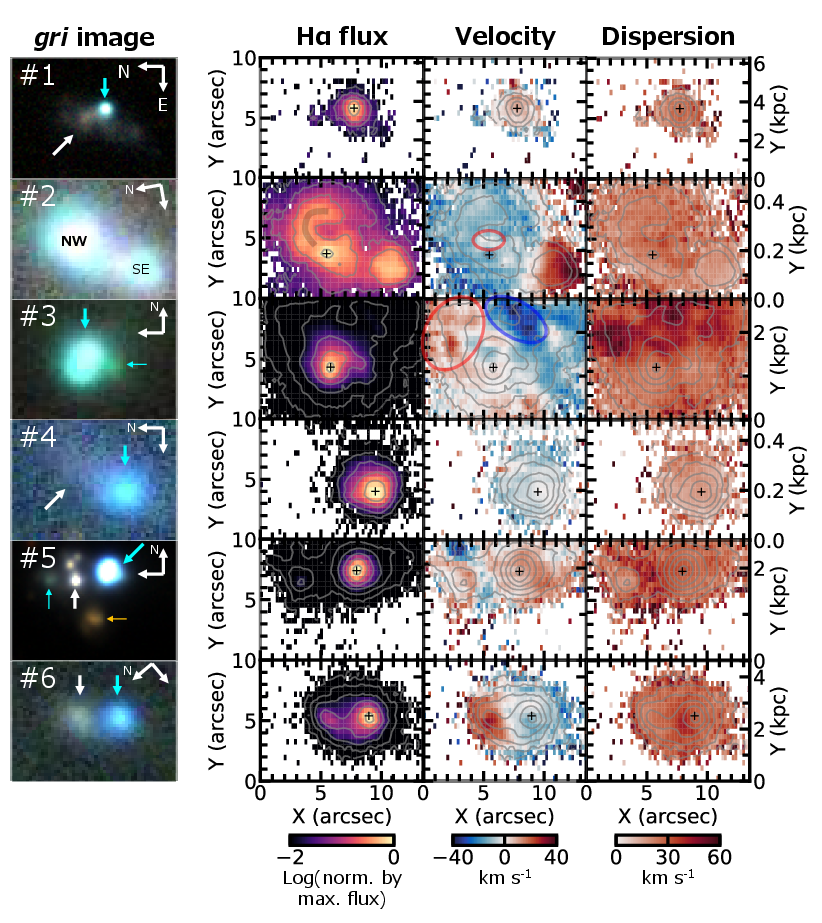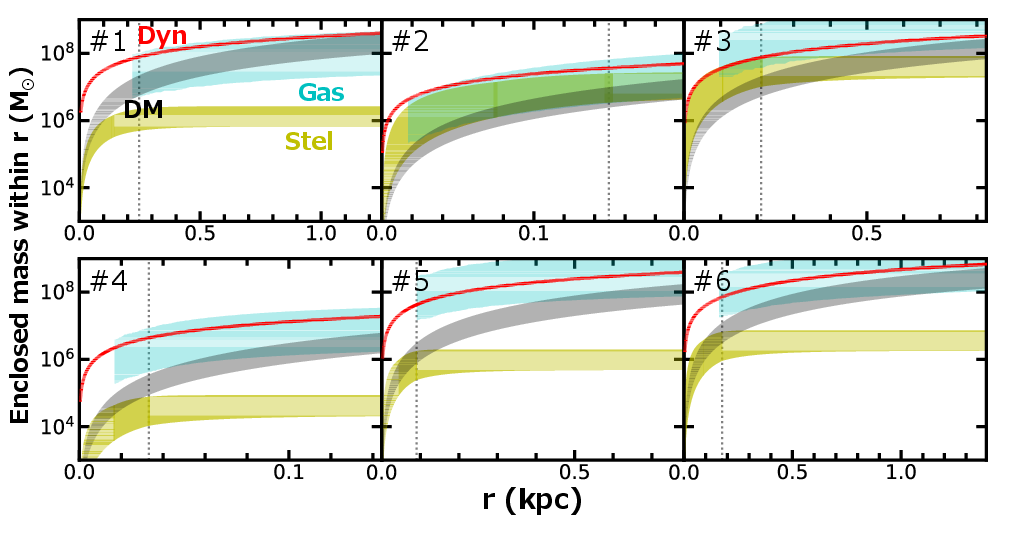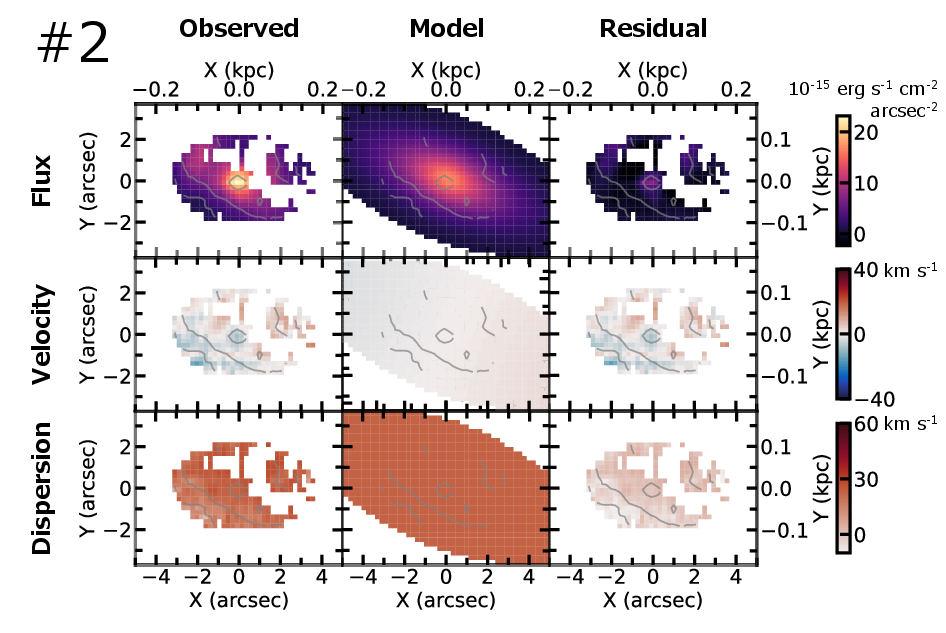Achievements & Publications
EMPRESS. IX. Extremely Metal-poor Galaxies are Very Gas-rich Dispersion-dominated Systems: Will the James Webb Space Telescope Witness Gaseous Turbulent High-z Primordial Galaxies?
Isobe, Yuki, Ouchi, Masami, Nakajima, Kimihiko, Ozaki, Shinobu, Bouché, Nicolas F., Wise, John H., Xu, Yi, Emsellem, Eric, Kusakabe, Haruka, Hattori, Takashi, Nagao, Tohru, Chiaki, Gen, Fukushima, Hajime, Harikane, Yuichi, Hayashi, Kohei, Hirai, Yutaka, Kim, Ji Hoon, Maseda, Michael V., Nagamine, Kentaro, Shibuya, Takatoshi, Sugahara, Yuma, Yajima, Hidenobu, Aoyama, Shohei, Fujimoto, Seiji, Fukushima, Keita, Hatano, Shun, Inoue, Akio K., Ishigaki, Tsuyoshi, Kawasaki, Masahiro, Kojima, Takashi, Komiyama, Yutaka, Koyama, Shuhei, Koyama, Yusei, Lee, Chien-Hsiu, Matsumoto, Akinori, Mawatari, Ken, Moriya, Takashi J., Motohara, Kentaro, Murai, Kai, Nishigaki, Moka, Onodera, Masato, Ono, Yoshiaki, Rauch, Michael, Saito, Tomoki, Sasaki, Rin, Suzuki, Akihiro, Takeuchi, Tsutomu T., Umeda, Hiroya, Umemura, Masayuki, Watanabe, Kuria, Yabe, Kiyoto, & Zhang, Yechi
Abstract
We present kinematics of six local extremely metal-poor galaxies (EMPGs) with low metallicities (0.016-0.098 Z ⊙)andlowstellarmasses(10^4.7-10^7.6M_⊙).Takingdeepmedium∕high-resolution(R~ 7500) integral-field spectra with 8.2 m Subaru, we resolve the small inner velocity gradients and dispersions of the EMPGs with Hα emission. Carefully masking out substructures originating by inflow and/or outflow, we fit three-dimensional disk models to the observed Hα flux, velocity, and velocity dispersion maps. All the EMPGs show rotational velocities (v rot) of 5-23 km s-1 smaller than the velocity dispersions (σ 0) of 17-31 km s-1, indicating dispersion-dominated (v rot/σ 0 = 0.29-0.80 < 1) systems affected by inflow and/or outflow. Except for two EMPGs with large uncertainties, we find that the EMPGs have very large gas- mass fractions of f gas ≈ 0.9-1.0. Comparing our results with other Hα kinematics studies, we find that v rot/σ 0 decreases and f gas increases with decreasing metallicity, decreasing stellar mass, and increasing specific star formation rate. We also find that simulated high-z (z ~ 7) forming galaxies have gas fractions and dynamics similar to the observed EMPGs. Our EMPG observations and the simulations suggest that primordial galaxies are gas-rich dispersion-dominated systems, which would be identified by the forthcoming James Webb Space Telescope observations at z ~ 7.






 和 英
和 英